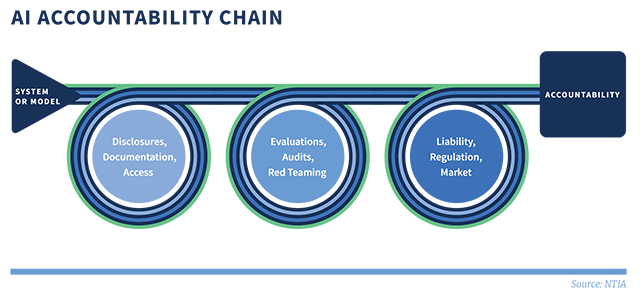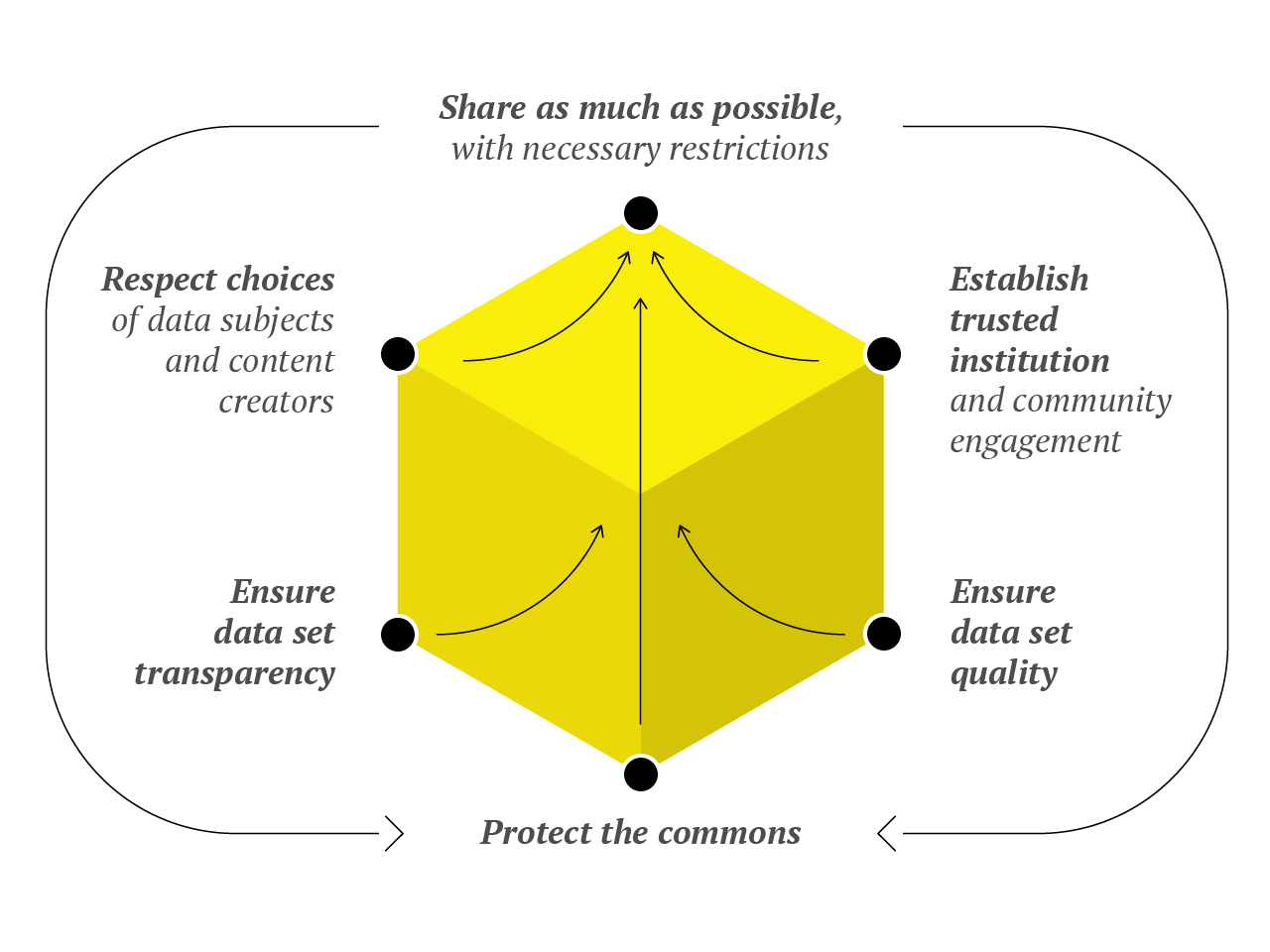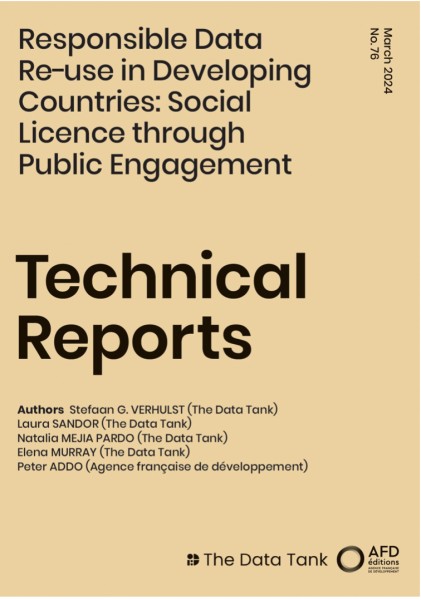Policy Brief by Tiago C. Peixoto, Otaviano Canuto, and Luke Jordan: “Based on observable facts, this policy paper explores some of the less- acknowledged yet critically important ways in which artificial intelligence (AI) may affect the public sector and its role. Our focus is on those areas where AI’s influence might be understated currently, but where it has substantial implications for future government policies and actions.
We identify four main areas of impact that could redefine the public sector role, require new answers from it, or both. These areas are the emergence of a new language-based digital divide, jobs displacement in the public administration, disruptions in revenue mobilization, and declining government responsiveness.
This discussion not only identifies critical areas but also underscores the importance of transcending conventional approaches in tackling them. As we examine these challenges, we shed light on their significance, seeking to inform policymakers and stakeholders about the nuanced ways in which AI may quietly, yet profoundly, alter the public sector landscape…(More)”.



